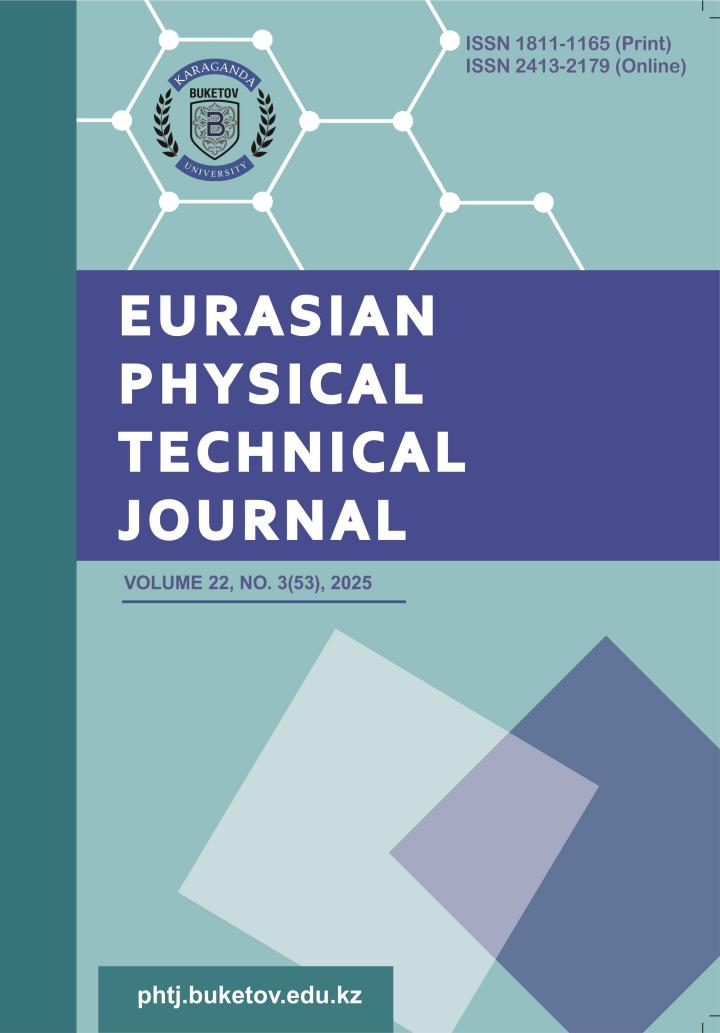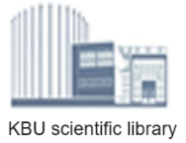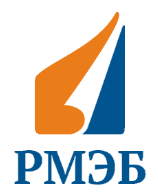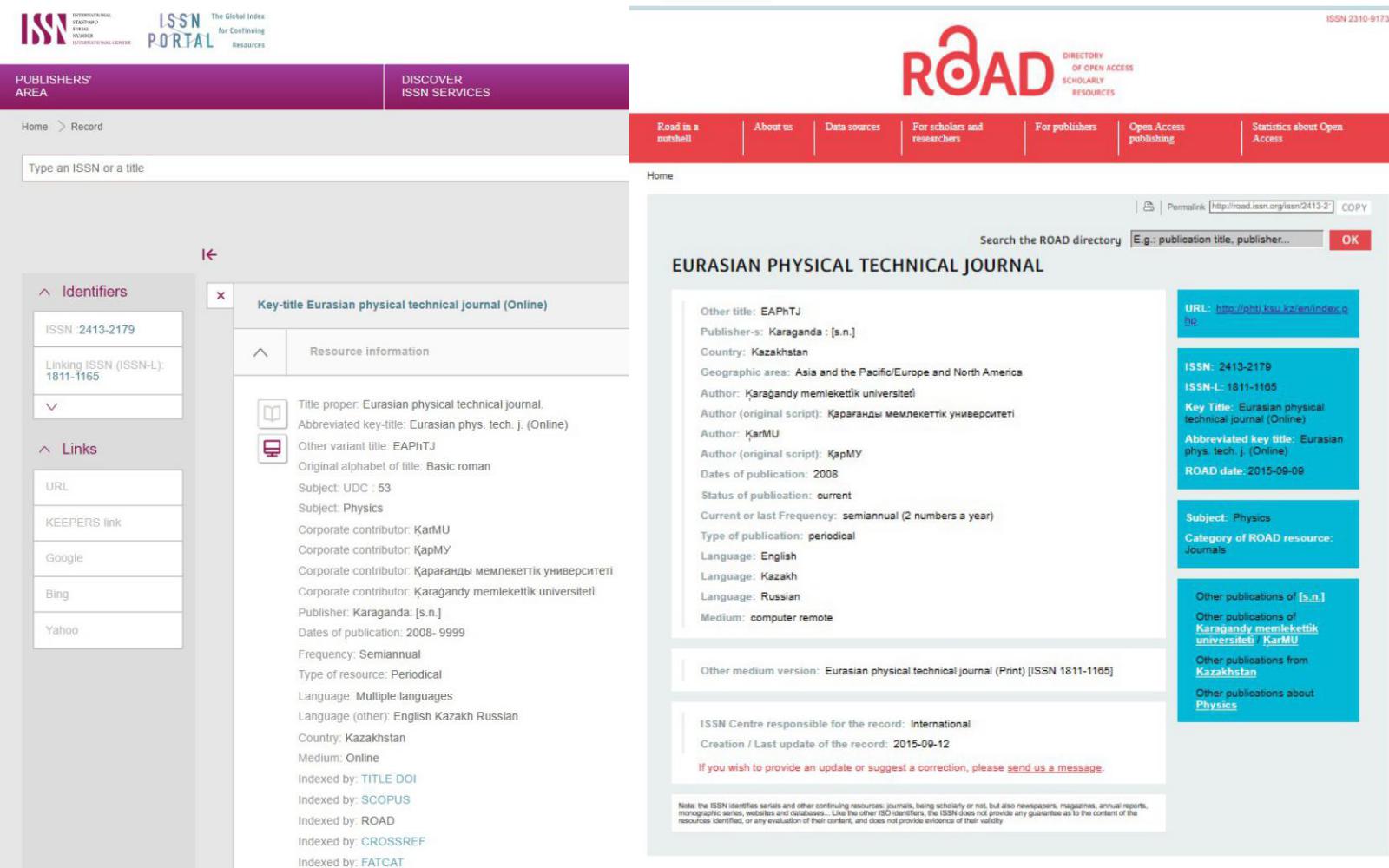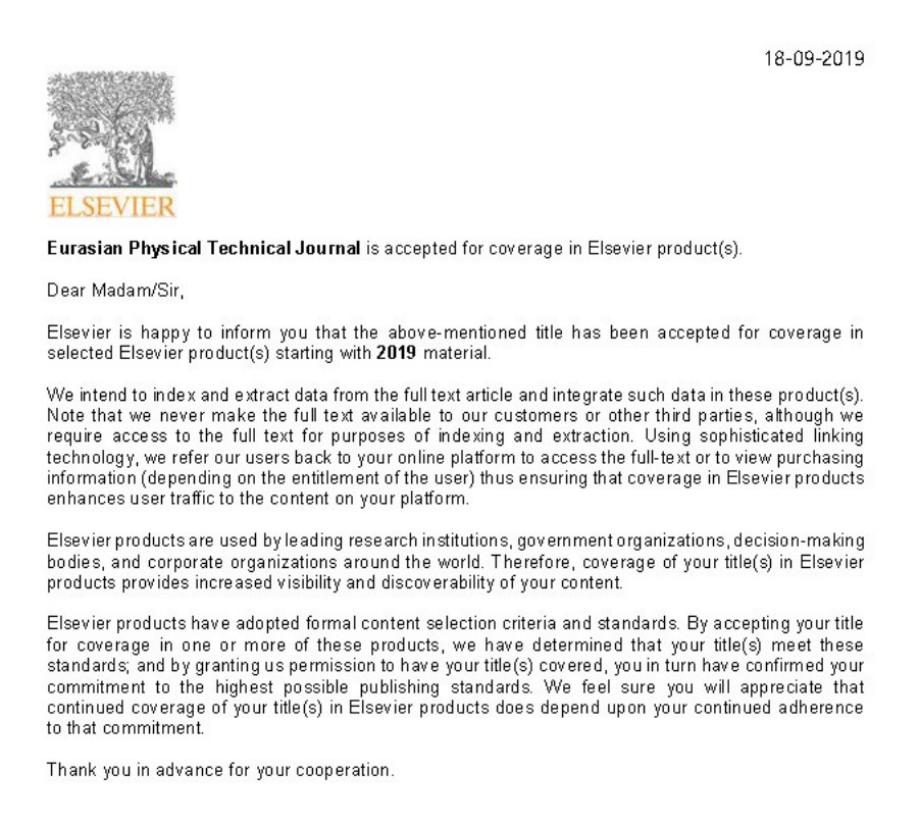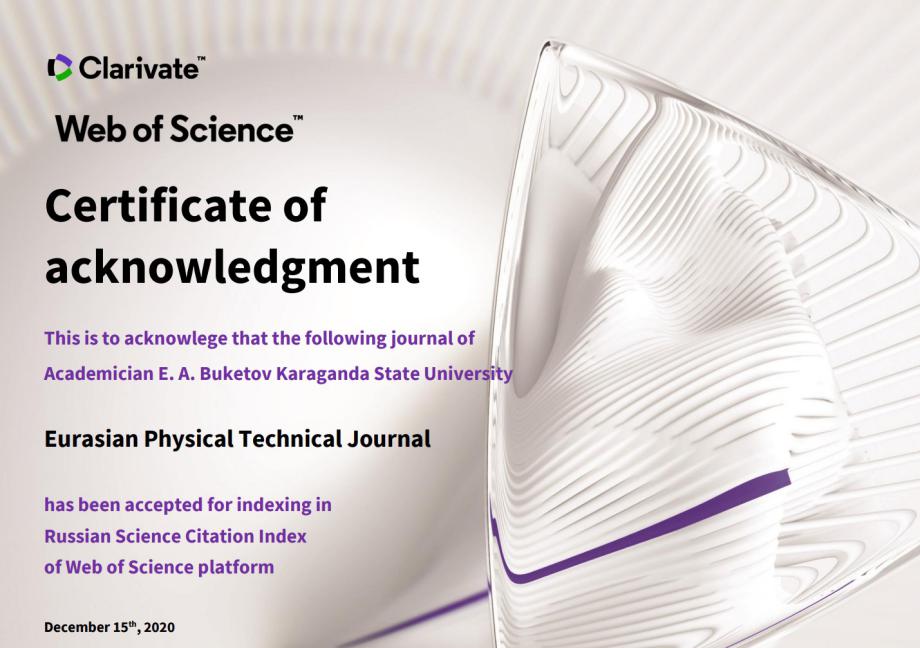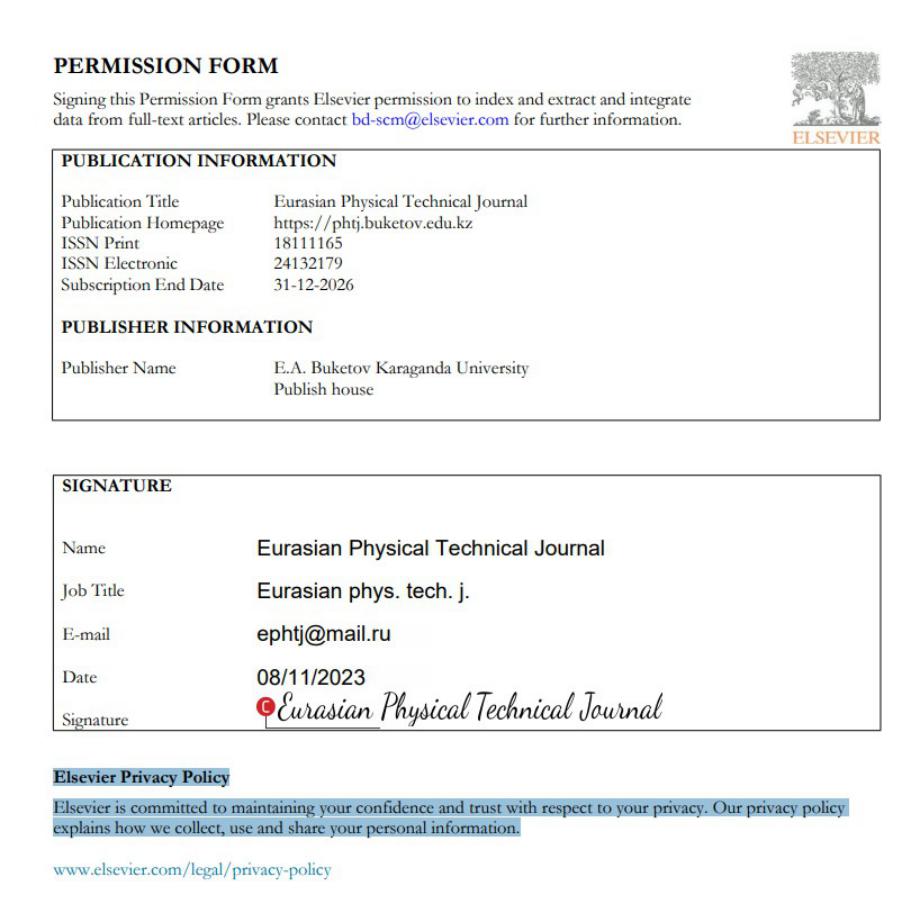NUMERICAL ANALYSIS AND CHAOS CONTROL: A STUDY OF LORENTZ SYSTEMS WITH VISUAL BASIC FOR APPLICATION IMPLEMENTATION
DOI:
https://doi.org/10.31489/2025N3/156-162Keywords:
Lorenz attractor, chaos theory, nonlinear dynamics, numerical analysis, Visual Basic for Application, Adams method, Krylov method, chaos control, dynamic systemsAbstract
The study focuses on the numerical analysis and chaos control of Lorenz systems, leveraging Visual Basic for Application in Microsoft Excel for modeling and visualization. Chaotic systems, including the Lorenz attractor, represent a fundamental concept in nonlinear dynamics and chaos theory, characterized by sensitivity to initial conditions, nonlinearity, and fractal dimensionality. These properties make such systems valuable for analyzing complex processes in physics, biology, engineering, and economics. The research extends traditional exploration of the Lorenz attractor by introducing numerical methods such as the four-point Adams method with adaptive step selection. Classical parameter sets and non-classical modifications are examined. Additionally, a modified Lorenz system incorporating a supplementary term is analyzed, demonstrating distinct dynamic behaviors and trajectories. This work highlights the applicability of the developed Visual Basic for Application-based tools for solving nonlinear differential equations and visualizing complex attractors. The integration of Adams and Krylov methods enhances computational efficiency and precision. The outcomes align with previous studies and suggest that the software can address a wide range of applied mathematical and engineering challenges, including chaos management in dynamic systems. The findings underline the potential of the Lorenz attractor as a testbed for chaos control methods and numerical analysis techniques, with broader implications for scientific and practical applications across various disciplines.
References
Shen B.-W., Pielke R.A. Sr., Zeng X., Zeng X. (2024) Exploring the Origin of the Two-Week Predictability Limit: A Revisit of Lorenz’s Predictability Studies in the 1960s. Atmosphere, 15, 7, 837. https://doi.org/10.3390/atmos15070837 DOI: https://doi.org/10.3390/atmos15070837
Pikovsky A., Rosenblum M., Kurths J. (2001) Synchronization: A universal concept in nonlinear sciences. New York, Cambridge University Press, 411 p. https://doi.org/10.1017/CBO9780511755743 DOI: https://doi.org/10.1017/CBO9780511755743
Chen G., Yu X. (2003) Chaos Control: Theory and Applications. Berlin, Springer-Verlag, 292, 347. https://doi.org/10.1007/b79666 DOI: https://doi.org/10.1007/b79666
Press W.H., Teukolsky S.A., Vetterling W.T., Flannery B.P. (2007) Numerical recipes: The art of scientific computing (3rd ed.). Cambridge University Press, 1256. Available at: https://numerical.recipes/book.html
Tchoumtcha D.B., Dagang C.T.S., Kenne G. (2024) Synergetic control for stand-alone permanent magnet synchronous generator driven by variable wind turbine. International Journal of Dynamics and Control, 12(7), 2888–2902. https://doi.org/10.1007/s40435-024-01384-w DOI: https://doi.org/10.1007/s40435-024-01384-w
Peng X., Zhou S. (2023) Finite-time stochastic control for complex dynamical systems: The estimate for control time and energy consumption. Systems & Control Letters, 181, 105711. https://doi.org/10.1016/j.syscon.2023.105711 DOI: https://doi.org/10.1016/j.sysconle.2023.105711
Strogatz S.H. (2024) Nonlinear dynamics and chaos: With applications to physics, biology, chemistry, and engineering (3rd ed.). Chapman and Hall/CRC. 616 p. https://doi.org/10.1201/9780429398490 DOI: https://doi.org/10.1201/9780429398490
Hargittai I. (2024) Remembering Benoit Mandelbrot on his centennial – His fractal geometry changed our view of nature. Structural Chemistry, 35(1), 11–24. https://doi.org/10.1007/s11224-024-02290-9 DOI: https://doi.org/10.1007/s11224-024-02290-9
Petrzela J. (2024) Chaotic systems based on higher-order oscillatory equations. Scientific Reports, 14, 21075. https://doi.org/10.1038/s41598-024-72034-6 DOI: https://doi.org/10.1038/s41598-024-72034-6
Ovsyannikov I., Rademacher J.D.M., Welter R., Lu B. (2023) Time averages and periodic attractors at high Rayleigh number for Lorenz-like models. Journal of Nonlinear Science, 33(5), 99. https://doi.org/10.1007/s00332-023-09933-x DOI: https://doi.org/10.1007/s00332-023-09933-x
Neimark Y.I., Landa P.S. (2009) Stochastic and chaotic oscillations. Librocom, 500. https://doi.org/10.1007/978-94-011-2596-3 DOI: https://doi.org/10.1007/978-94-011-2596-3
Nemytsky V.V., Stepanov V.V. (2004) Qualitative theory of differential equations. Editorial URSS. 523. https://doi.org/10.1016/j.physleta.2008.07.032 [in Russian]
Tee L.S., Salleh Z. (2013) Dynamical analysis of a modified Lorenz system. Journal of Mathematics, 820946. http://dx.doi.org/10.1155/2013/820946 DOI: https://doi.org/10.1155/2013/820946
Zhou W., Xu Y., Lu H., Pan L. (2008) On dynamics analysis of a new chaotic attractor. Physics Letters A, 372(36), 5773–5777. https://doi.org/10.1016/j.physleta.2008.07.032 DOI: https://doi.org/10.1016/j.physleta.2008.07.032
Spivak-Lavrov I.F., Shugaeva T.Zh., Kalimatov T.S. (2019) Prismatic mass analyzer with the conical achromatic prism and transaxial lenses. International Journal of Mass Spectrometry, 444, 116180. https://doi.org/10.1016/j.ijms.2019.116180 DOI: https://doi.org/10.1016/j.ijms.2019.116180
Spivak-Lavrov I.F. (1995) Mass spectrometer based on cone-shaped achromatic prism. Nuclear Instruments and Methods in Physics Research Section A: Accelerators, Spectrometers, Detectors and Associated Equipment, 636(1), 485–490. https://doi.org/10.1016/0168-9002(95)00267-7 DOI: https://doi.org/10.1016/0168-9002(95)00267-7
Spivak-Lavrov I. F., Baisanov O. A., Shugayeva T.Zh., Urinbaeva G. T. (2021) Time-of-flight mass analyzer based on transaxial mirrors. Acta Physica Polonica B. Proceedings Supplement, 14(4), 857–864. https://doi.org/10.5506/APHYSPOLBSUPP.14.857 DOI: https://doi.org/10.5506/APhysPolBSupp.14.857
Downloads
Published online
How to Cite
Issue
Section
License

This work is licensed under a Creative Commons Attribution-NonCommercial-NoDerivatives 4.0 International License.

